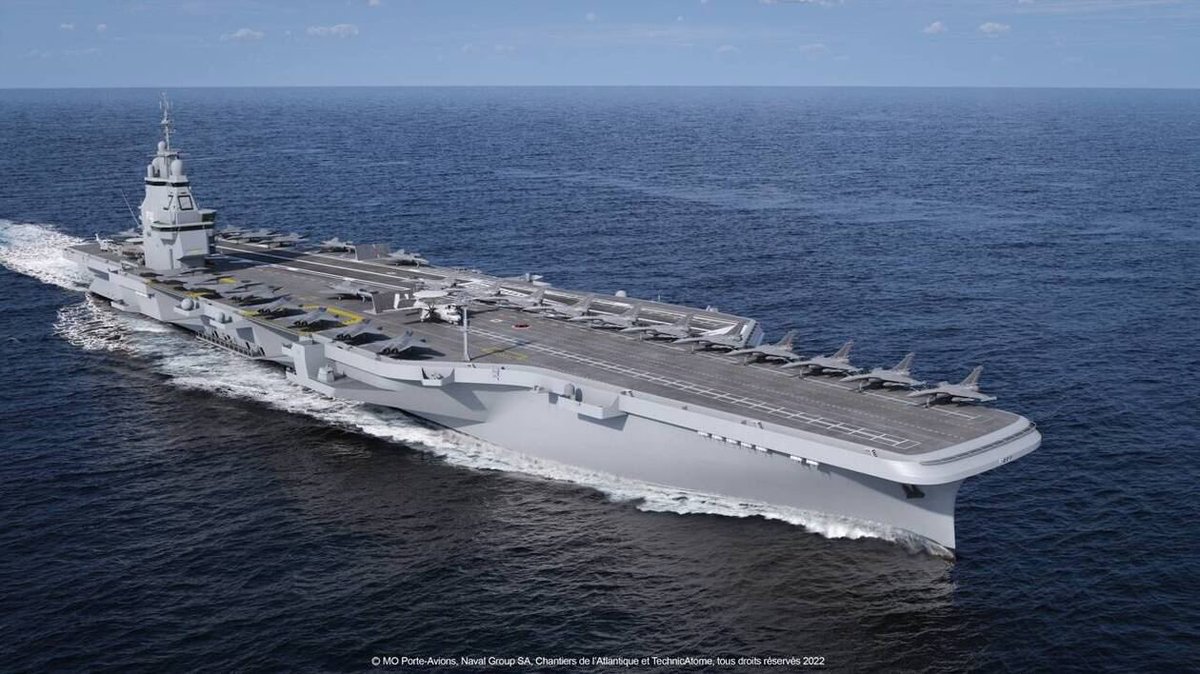
Folks, a former big boss of the Indian Navy, Admiral Arun Prakash, has started a buzz online that could make waves in how we build our warships. He's suggesting India and France team up and build their next major aircraft carriers at the same time!
What's the big deal, you ask? Well, the idea is to build France's fancy new carrier, the PA-NG, over there and our homegrown Indigenous Aircraft Carrier-III (IAC-3) right here in India. Admiral Prakash believes this would be a win-win. We'd get to learn from the French, experts in shipbuilding, and they could tap into our knowledge. Plus, maybe we could even snag some know-how for our dream of nuclear-powered warships. And, of course, both countries could split the work and make the whole thing a smoother ride.
India's already shown how serious we are about aircraft carriers. We've got the IAC-I in action, a mighty ship at 45,000 tons, and the IAC-II on the way. But the IAC-III? That's a whole different beast, a potential 60,000-ton powerhouse.
Meanwhile, the French aren't messing around either. The PA-NG looks set to be incredible – around 75,000 tons, packed with cutting-edge tech like those cool electromagnetic catapults to launch planes. You throw in fighters like the Rafale M (which we're already getting comfy with), and that's a force to be reckoned with.
So, picture this: master shipbuilders from both countries sharing ideas, maybe even swapping engineers. It's the kind of partnership that makes India and France stronger together on the high seas.
Of course, it's not all smooth sailing. Building two monster carriers at once? That's a tricky dance, even for the best planners. And nuclear technology… well, let's just say sharing those secrets is a whole different ball game.
Still, it's a bold idea. The kind that could change how India builds its future navy. What do you think? Should we go for it?
